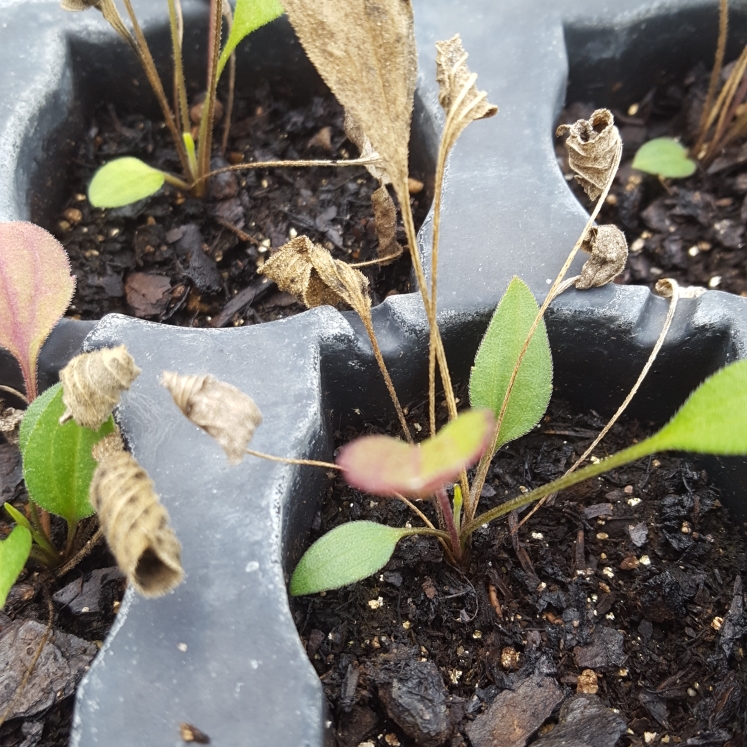
Ratibida pinnata
Pinnate Prairie Coneflower
Ratibida is a group of plants within the Aster family, Asteraceae. They are commonly referred to as Prairie Coneflowers and are native to parts of North America. Specifically Ratibida pinnata (known as the Pinnate Prairie Coneflower or Gray-Head Coneflower) can be found from South East Canada through into the USA. It is a herbaceous perennial plant, producing large pinnate leaves with rough hairs on them. From early summer through to autumn it produces large flowers on branching stems, each with an upright reddish brown central cone surrounded by a number of ray florets usually of yellow colouration. This makes an excellent plant for prairie style gardens.
Contributed by @megsullivan
-
Full sun
-
Occasional watering
-
Full Frost Hardy: 5F (-15°C)
-
Free draining and fertile
Common name
Pinnate Prairie Coneflower
Latin name
Ratibida pinnata
type
Herbaceous Perennial
family
Asteraceae
ph
6.0 - 8.0 Acid - Neutral
Plant & bloom calendar
-
Best time to plant
full grown dimensions
 0.40 M
1.20 M
0.40 M
1.20 M
Ratibida pinnata
Ratibida is a group of plants within the Aster family, Asteraceae. They are commonly referred to as Prairie Coneflowers and are native to parts of North America. Specifically Ratibida pinnata (known as the Pinnate Prairie Coneflower or Gray-Head Coneflower) can be found from South East Canada through into the USA. It is a herbaceous perennial plant, producing large pinnate leaves with rough hairs on them. From early summer through to autumn it produces large flowers on branching stems, each with an upright reddish brown central cone surrounded by a number of ray florets usually of yellow colouration. This makes an excellent plant for prairie style gardens.
Planting young plants
From Late Autumn TO Early Spring
Ratibida will grow in any well cultivated and well drained garden soil in an open and sunny site. All perennial species and taller annual species require staking in exposed positions. Plant perennial varieties in late autumn or spring. On dry soils, mulch with peat or decayed manure early in spring unless height restriction of taller varieties is wanted.









